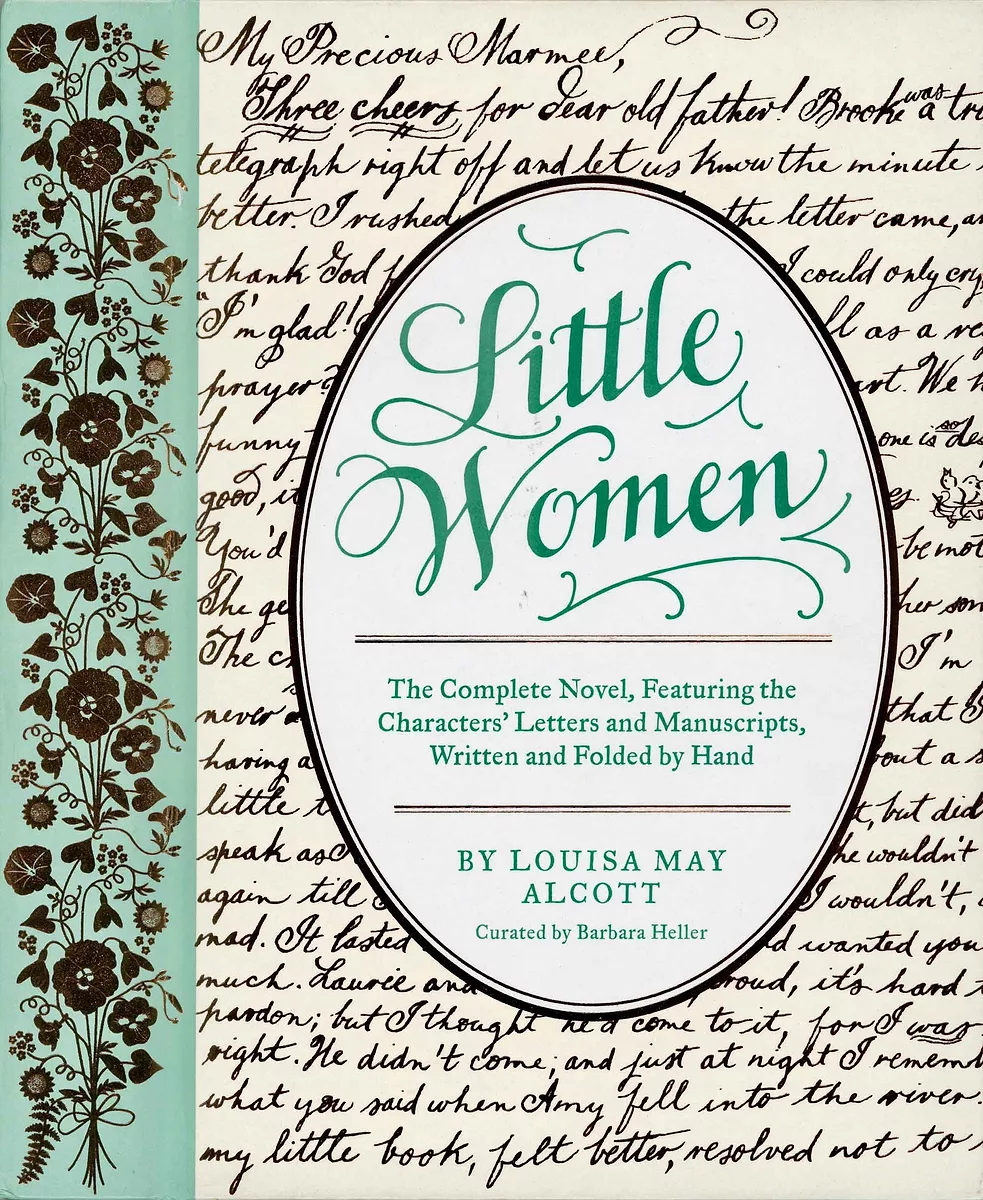The test of a true classic is its longevity and influence. Louisa May Alcott could never have imagined that Little Women, the novel for girls she didn’t want to write, would have such an impact. The 150+-year-old book continues to inspire an endless array of fiction and non-fiction. Over the last few years, several new titles have emerged, including Meg & Jo, and Beth & Amy by Virginia Kantra, Marmee by Sarah Miller, Heidi Chiavaroli’s The Orchard House, and her The Orchard House Bed and Breakfast Series, and Barbara Heller’s Little Women: The Complete Novel, Featuring the Characters’ Letters and Manuscripts, Written and Folded by Hand.
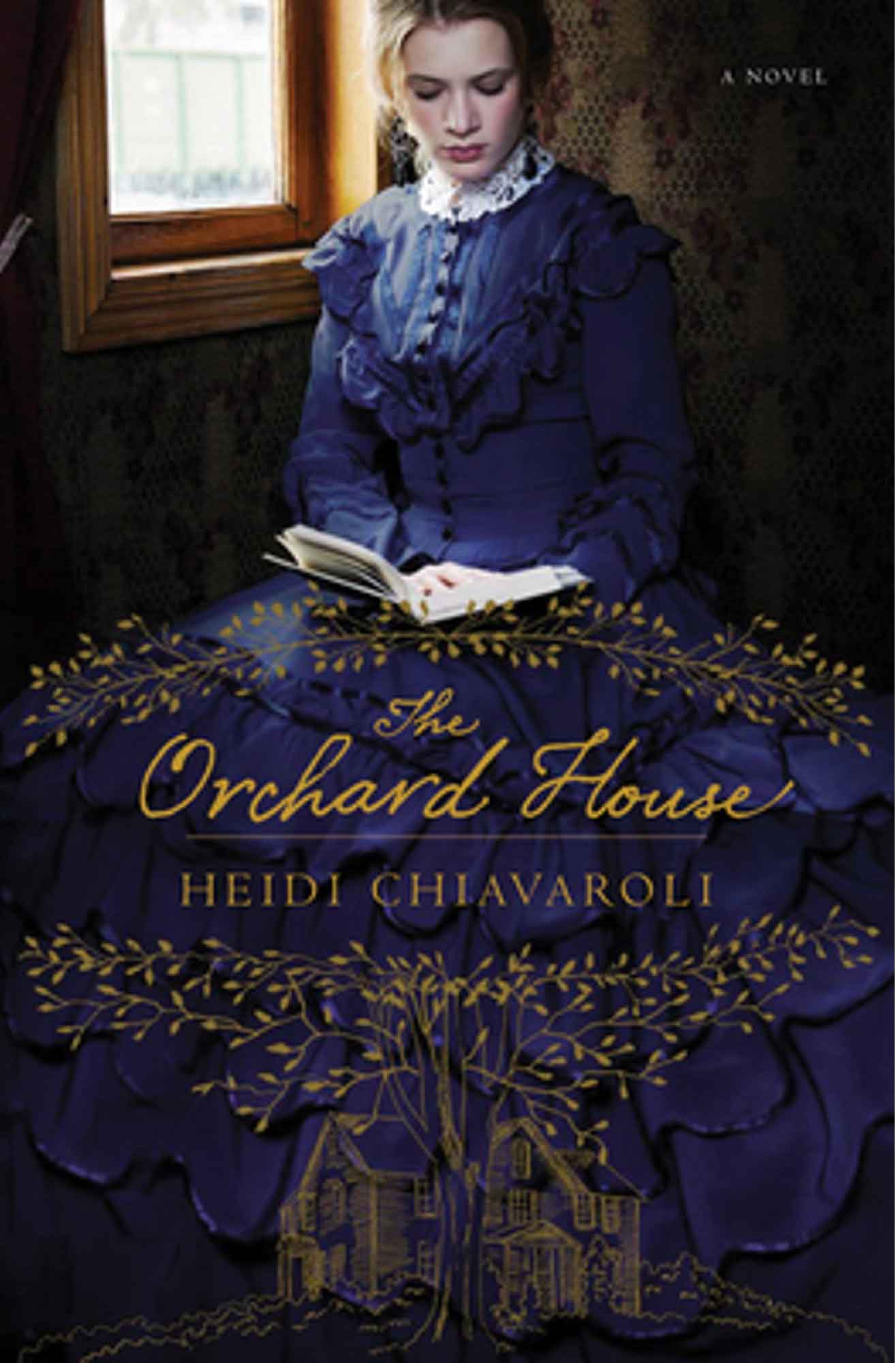 While Kantra admits to reading Little Women so often that her copy is falling apart at the seams, the other authors came to appreciate the story after they grew up. Heller’s younger sister had read it as a child but could not convince Heller to do the same; at eight years old, she considered it a “lame story.” At 23, she finally succumbed. “I adored Jo’s tomboy moxie,” she wrote in the introduction to her book, “but what really impressed me was the sisters’ work ethic and sturdy moral fiber.” Chiavaroli echoes Heller’s sentiments about Jo: “She was so bold and endearingly flawed—and of course, she loved to write!” What struck her most, however, were “the ties that bound this family, the importance they placed on integrity and character, and
the love they held for one another.”
While Kantra admits to reading Little Women so often that her copy is falling apart at the seams, the other authors came to appreciate the story after they grew up. Heller’s younger sister had read it as a child but could not convince Heller to do the same; at eight years old, she considered it a “lame story.” At 23, she finally succumbed. “I adored Jo’s tomboy moxie,” she wrote in the introduction to her book, “but what really impressed me was the sisters’ work ethic and sturdy moral fiber.” Chiavaroli echoes Heller’s sentiments about Jo: “She was so bold and endearingly flawed—and of course, she loved to write!” What struck her most, however, were “the ties that bound this family, the importance they placed on integrity and character, and
the love they held for one another.”
In conducting research for her 2021 release, The Orchard House, Chiavaroli found particular inspiration in visiting the home of the Alcotts. “I remember being completely captivated by this place where these fictional (and real-life) heroines lived, of beholding the very desk where Louisa wrote her masterpiece,” she said.
After finishing The Orchard House, the author realized she had not gotten Alcott out of her system. Chiavaroli took a different approach with her seven-book contemporary series imagining a modern-day Little Women set in Camden, Maine, where Orchard House becomes a bed and breakfast. “To twist Josie’s (Jo’s) love interest, to have Maggie (Meg) have twin stepsons, to allow Lizzie (Beth) to live, etc. So fun for me!” said Chiavaroli.
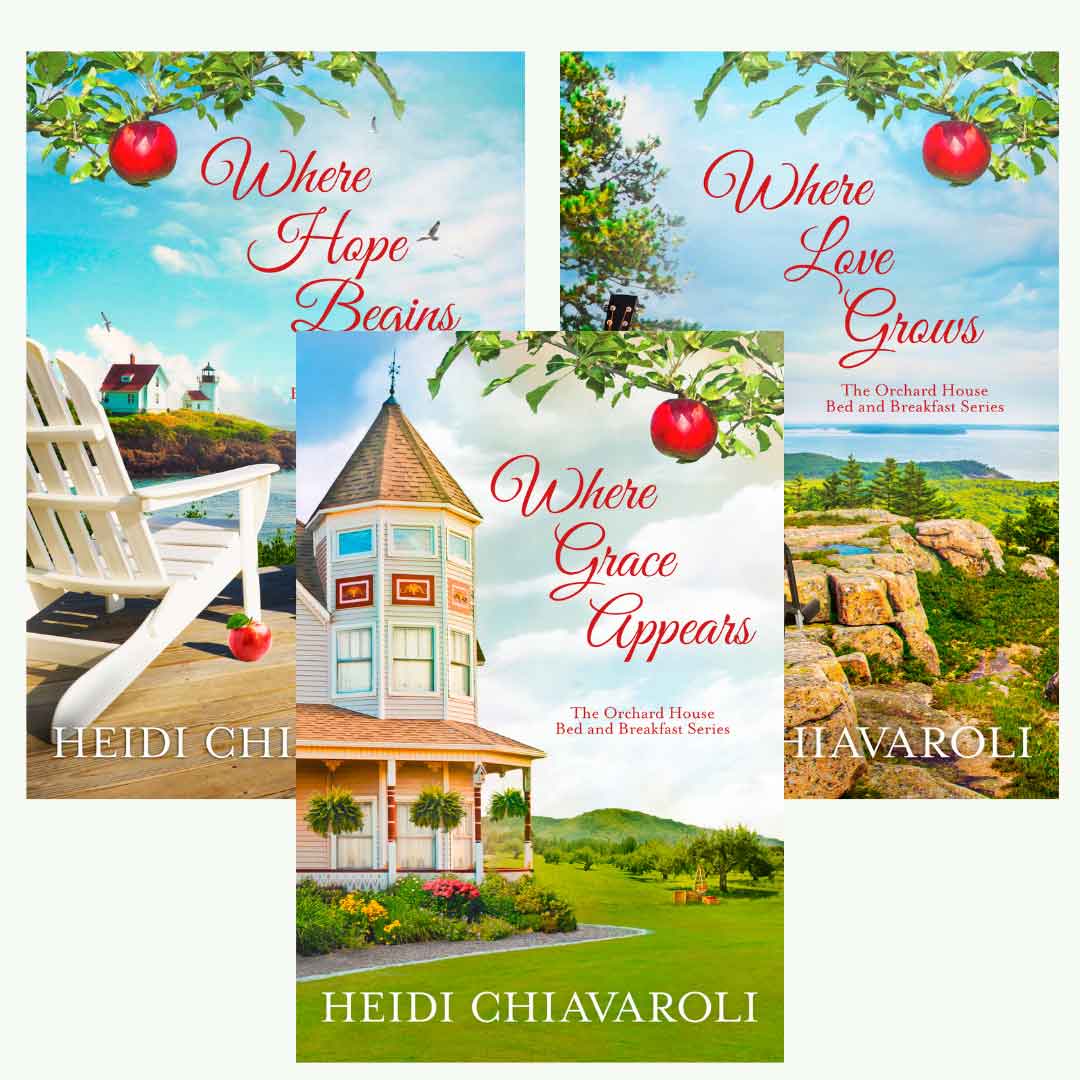
Miller approached her second reading of Little Women with a particular purpose in mind. “I returned to the story with the specific intent of viewing it through Marmee’s eyes,” she said. “It was easier for me to see around her daughters’ stories and into the unexplored nooks and crannies.”
Miller’s research introduced her to Marmee’s real-life counterpart, Abba May Alcott. “When I began to discover how radical the Alcotts were for their time, I got even more excited about the prospect of integrating their history into Marmee’s backstory,” she said. Miller’s Marmee incorporates much of Abba’s story, offering a deeper analysis of the iconic mother of Little Women. “Abba May Alcott was a radical and a pioneer in what would become the field of social work,” she said. “I made it my aim to round out Margaret March so that her character feels more like a person and less like a deity of effortless goodness.”
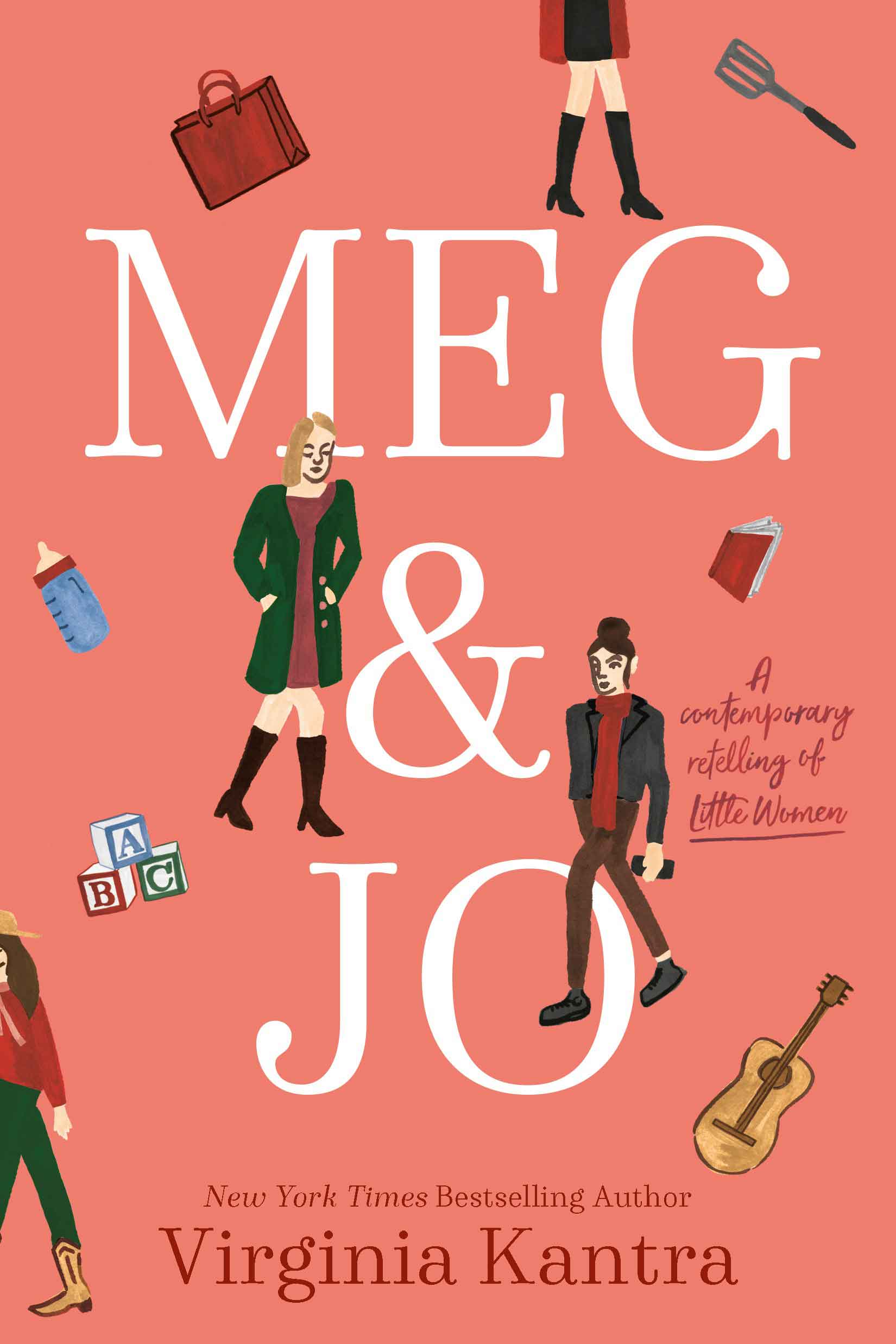
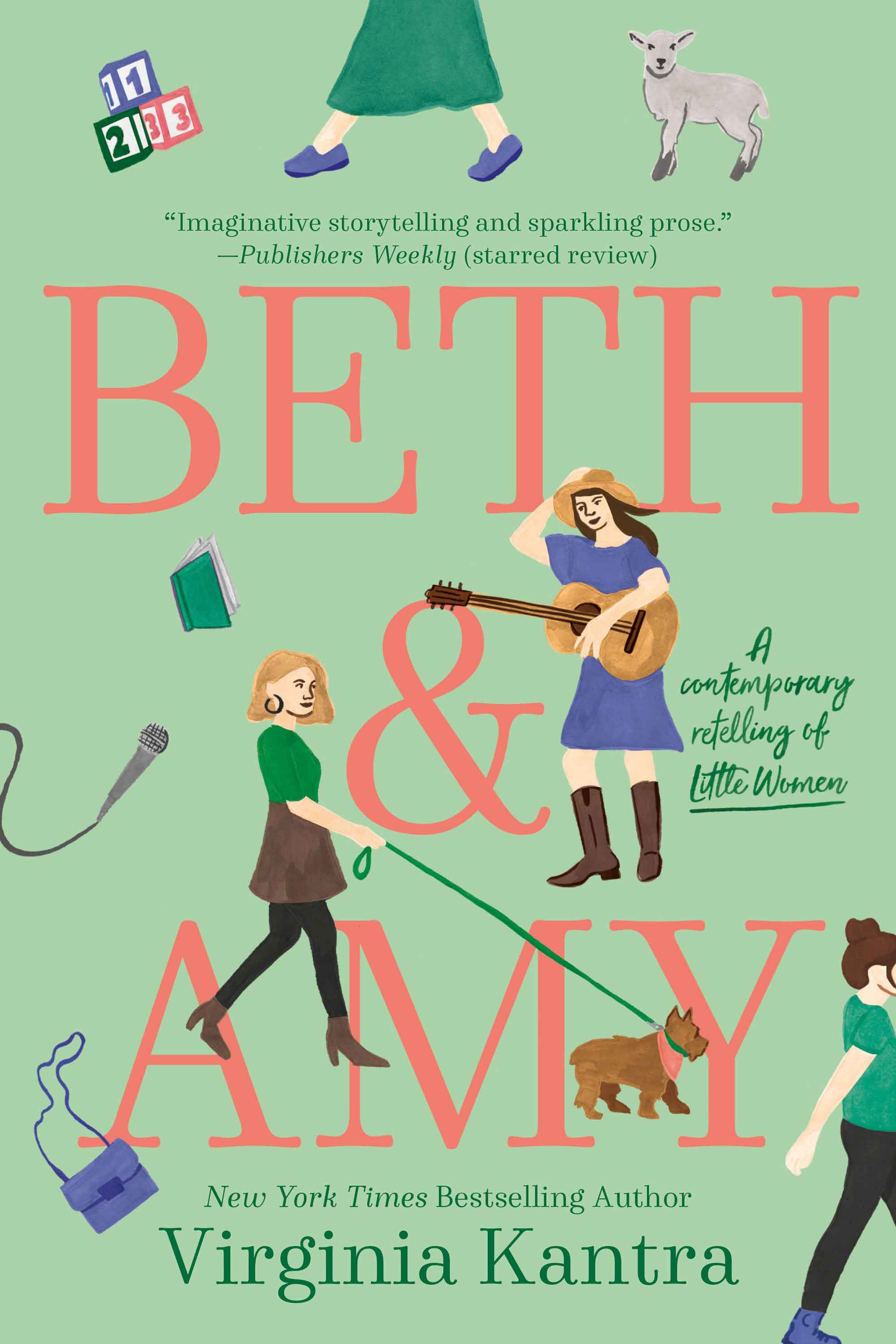 Kantra’s Beth & Amy offers a long-overdue deep dive into the younger and least-understood March sisters. The various movie adaptations focus on Beth’s death, even though most of Little Women is about her life. Amy, having endured the wrath of fans, begins finding redemption in Greta Gerwig’s film. Kantra broke significant new ground with Beth and Amy in her contemporary rendering, creating rich stories that offered a unique insight into
their characters.
Kantra’s Beth & Amy offers a long-overdue deep dive into the younger and least-understood March sisters. The various movie adaptations focus on Beth’s death, even though most of Little Women is about her life. Amy, having endured the wrath of fans, begins finding redemption in Greta Gerwig’s film. Kantra broke significant new ground with Beth and Amy in her contemporary rendering, creating rich stories that offered a unique insight into
their characters.
Kantra emphasized the sister dynamic in her story. “I’m very different from my sister. But when life sucks, we show up for each other. I want to show that dynamic—sisters who aren’t best friends but always have each other’s backs,” she said. Kantra also highlighted how the younger two grow up in the shadow of their well-defined and accomplished older siblings. “Amy, more than maternal Meg or Beth’s champion, Jo, can understand the insecurities that drive Beth,” said Kantra.
Heller brings Alcott’s characters to life in a new way through her curated book of handwritten letters. Her motivation was simple: she wanted to hold the many correspondences written by the characters in her own hands. “The range of letters and ephemera in the novel expresses the family ethos and the joy of creativity,” she said. “While they do not always drive the plot, these texts reveal emotions and desires, often with humor, and deepen our connection to the characters. I wanted to bring these handwritten elements to life, to capture their playfulness and spirit, and, in several instances, their sadness.”
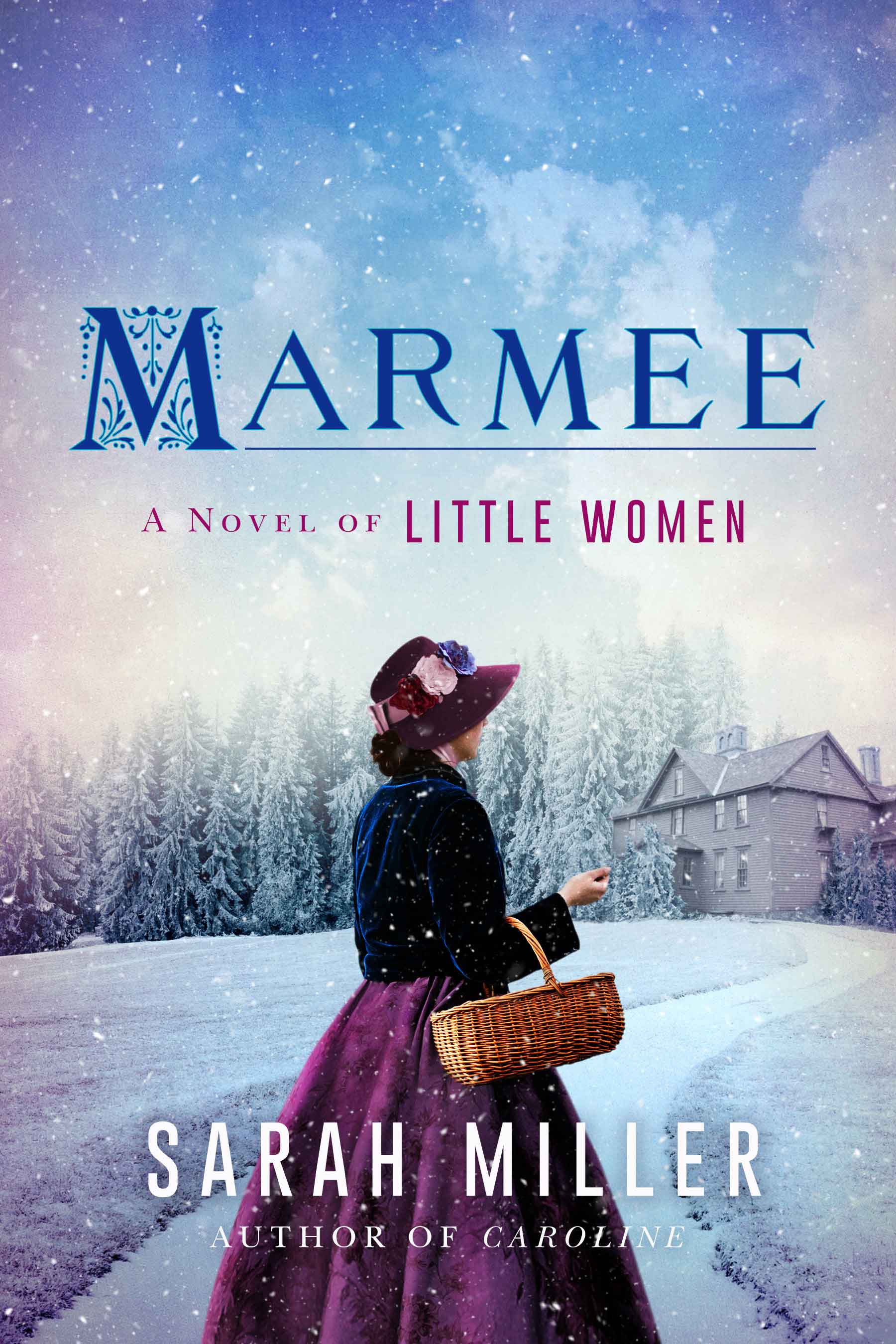 To ensure historical accuracy, Heller researched the stationery and ink colors for the Civil War era, the setting for Little Women. Calligraphers formulated the handwriting styles of Meg, Jo, Beth, Amy, Marmee, Mr. March, and Laurie, sometimes based on actual letters written by their real-life counterparts. “The real trick is to figure out what handwriting the character would have,” Heller said. “I wanted to pack in as much personality as possible visually into every element that was created. The goal is to feel that connection to the character through experience that is tactile as well as visual.”
To ensure historical accuracy, Heller researched the stationery and ink colors for the Civil War era, the setting for Little Women. Calligraphers formulated the handwriting styles of Meg, Jo, Beth, Amy, Marmee, Mr. March, and Laurie, sometimes based on actual letters written by their real-life counterparts. “The real trick is to figure out what handwriting the character would have,” Heller said. “I wanted to pack in as much personality as possible visually into every element that was created. The goal is to feel that connection to the character through experience that is tactile as well as visual.”
Chiavaroli credits the town of Concord for inspiring her writing. “A sort of magic permeates the streets,” she said. “To think these people I’ve come to know and love through stories and biographies actually walked atop these floorboards and on the streets gives me goosebumps!” She added, “Concord is a perfect blend of rich history and modern-day charm—a perfect place for any lover of all things past to visit.”
Are you feeling the urge to lose yourself in these books? Visit the Concord Bookshop and Barrow Bookstore. Louisa May Alcott’s Orchard House also carries some of these titles.
A special thanks to Jill Fuller and Jamie Burgess for permission to quote dialogue from their interview with Barbara Heller, found on the “Let Genius Burn” podcast.

